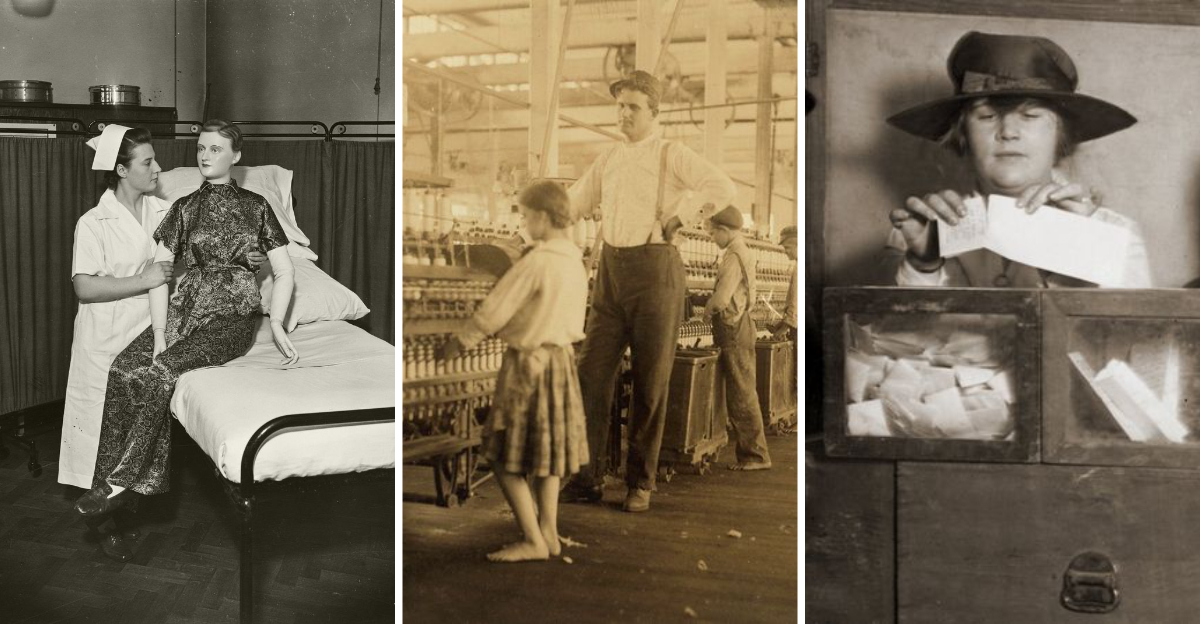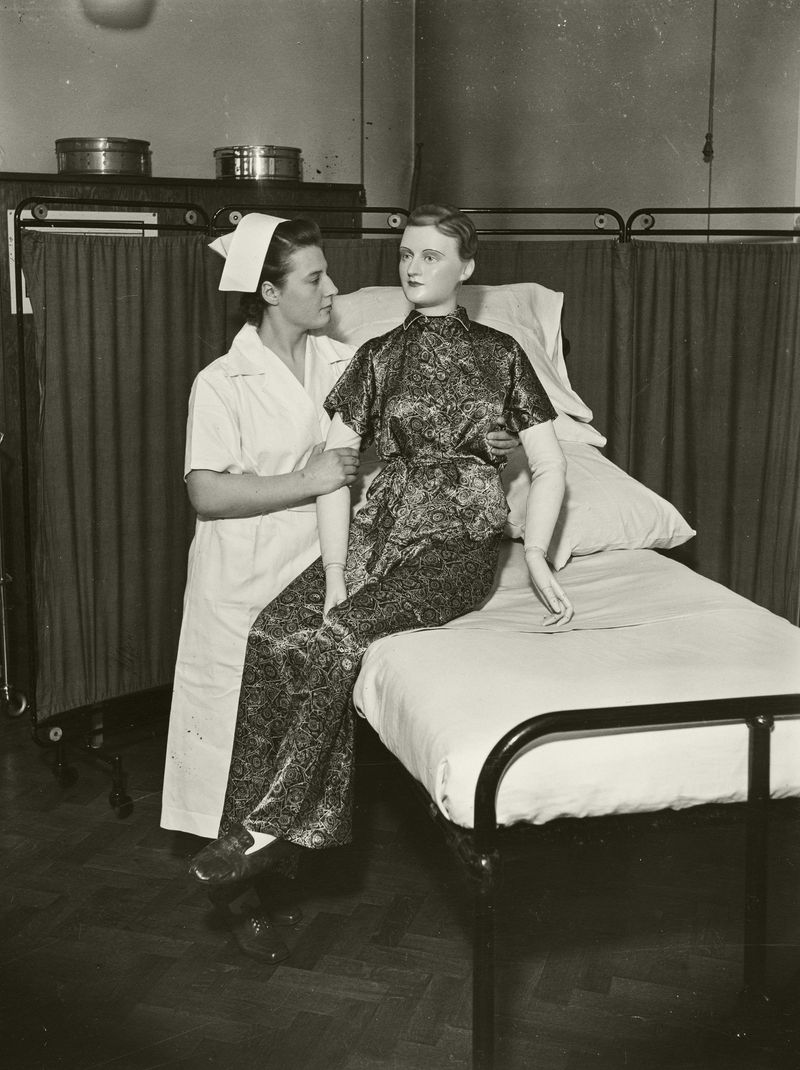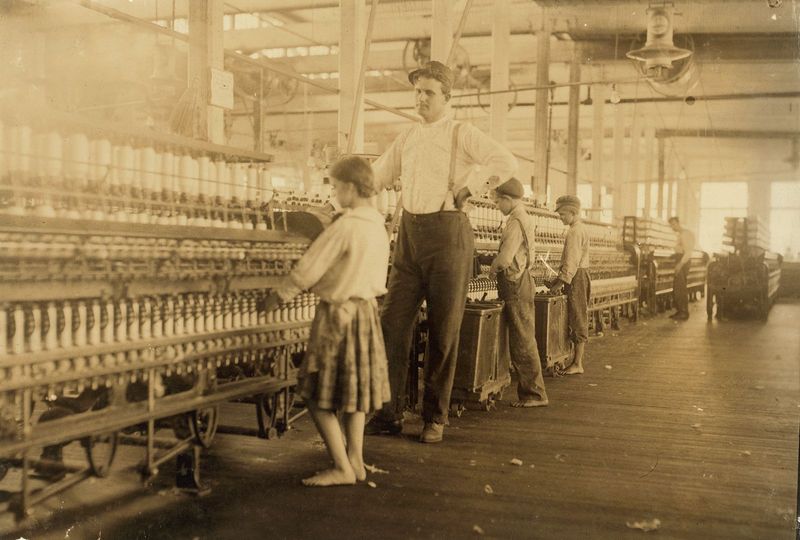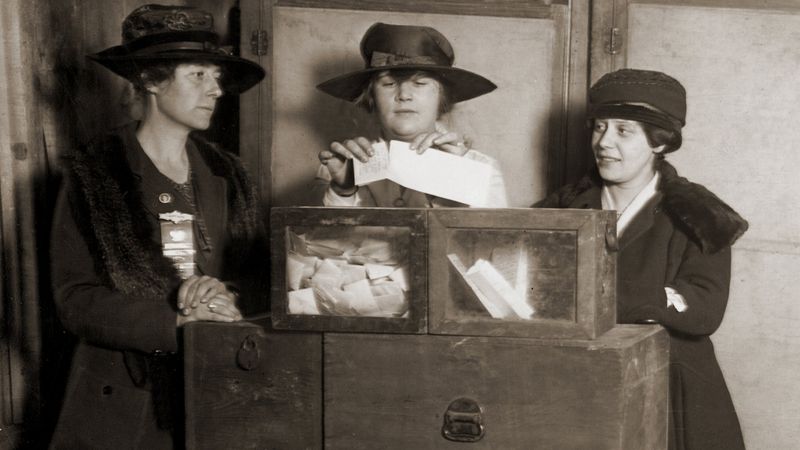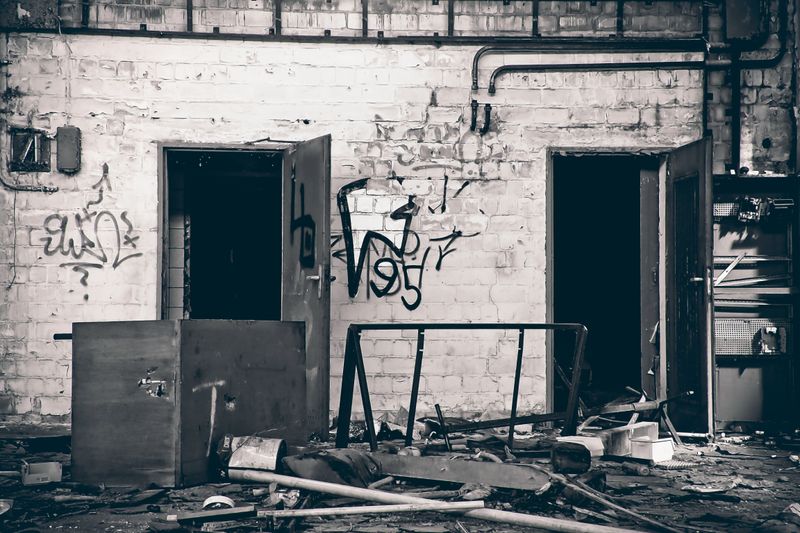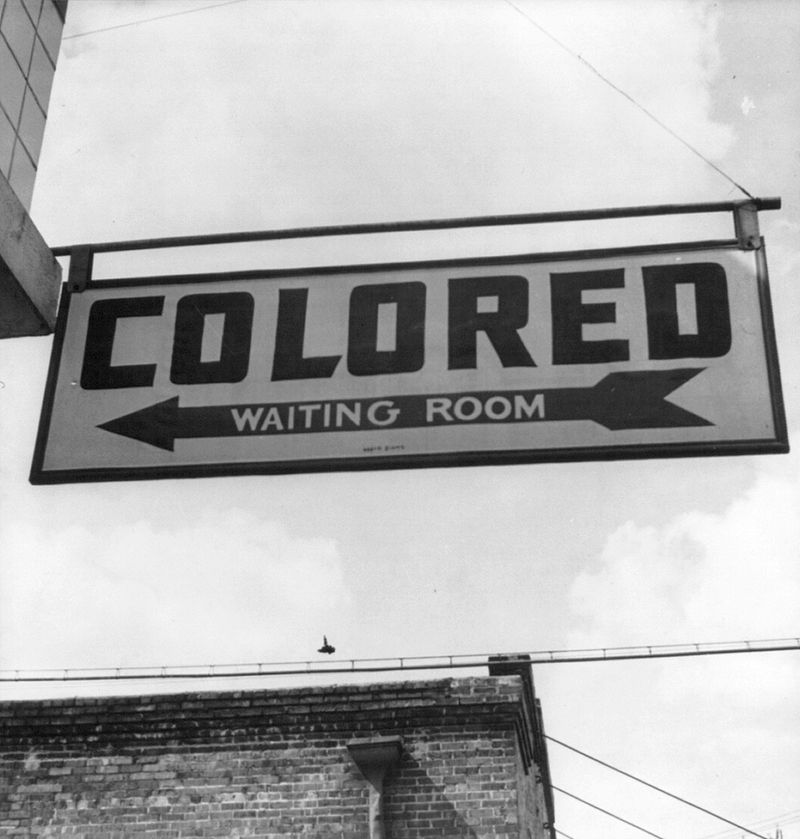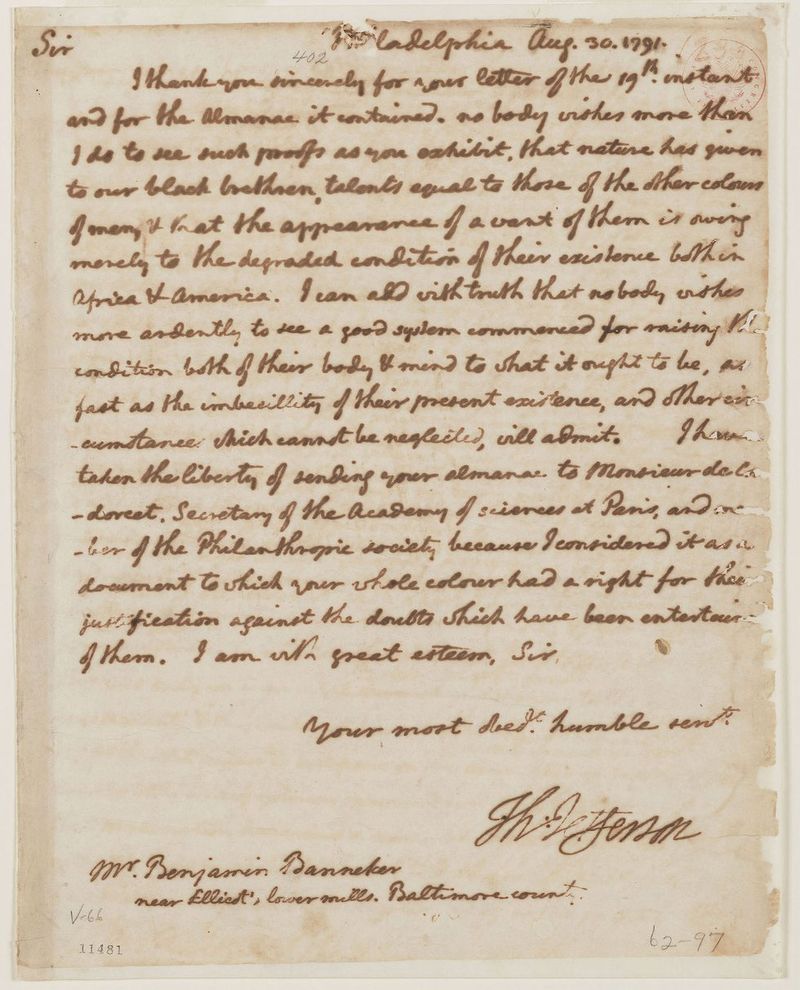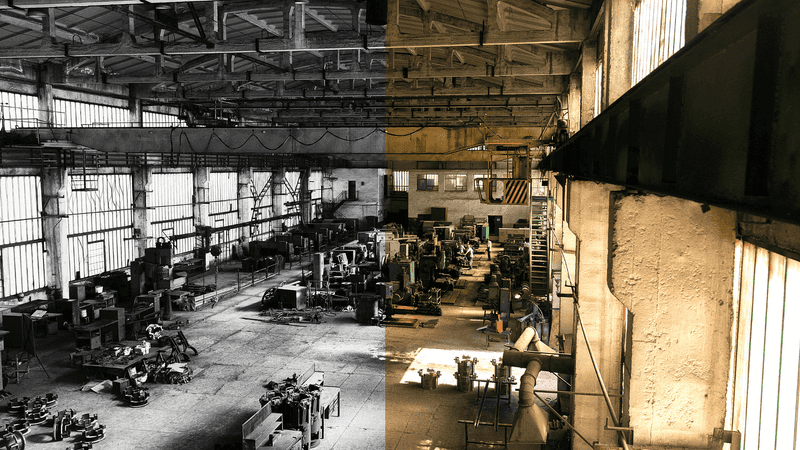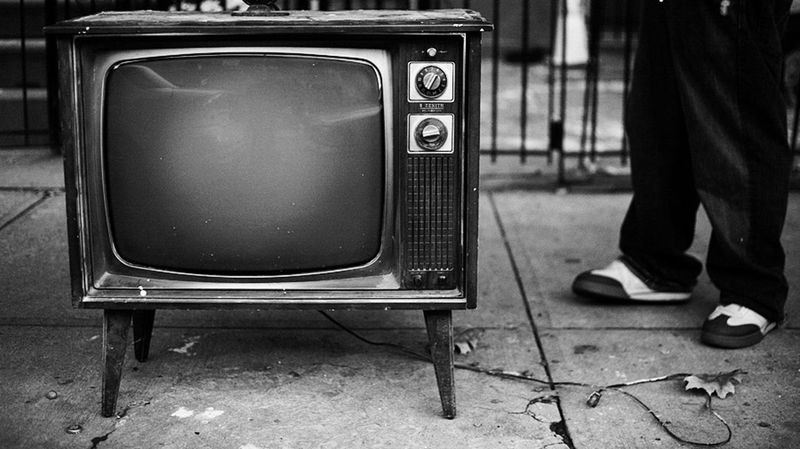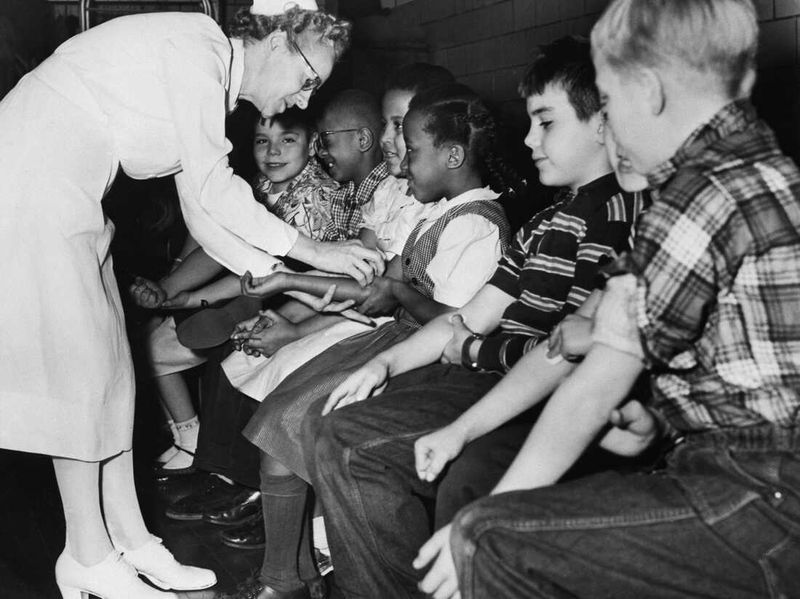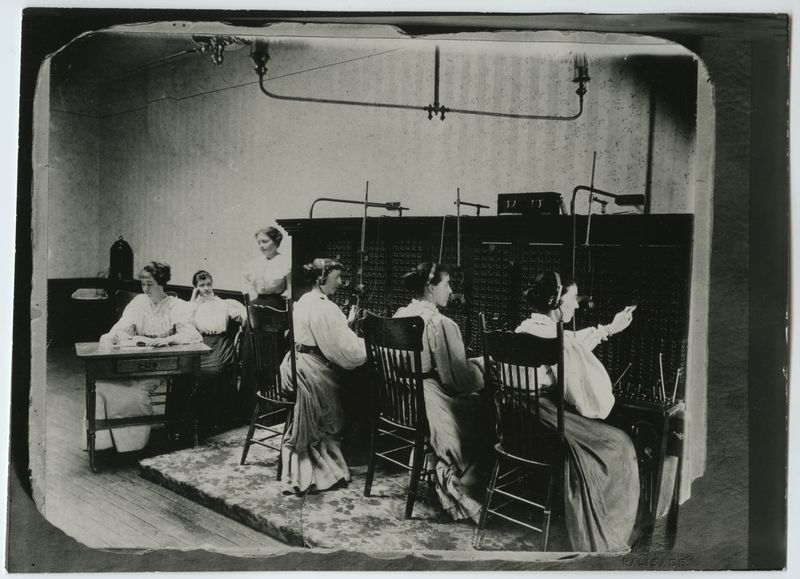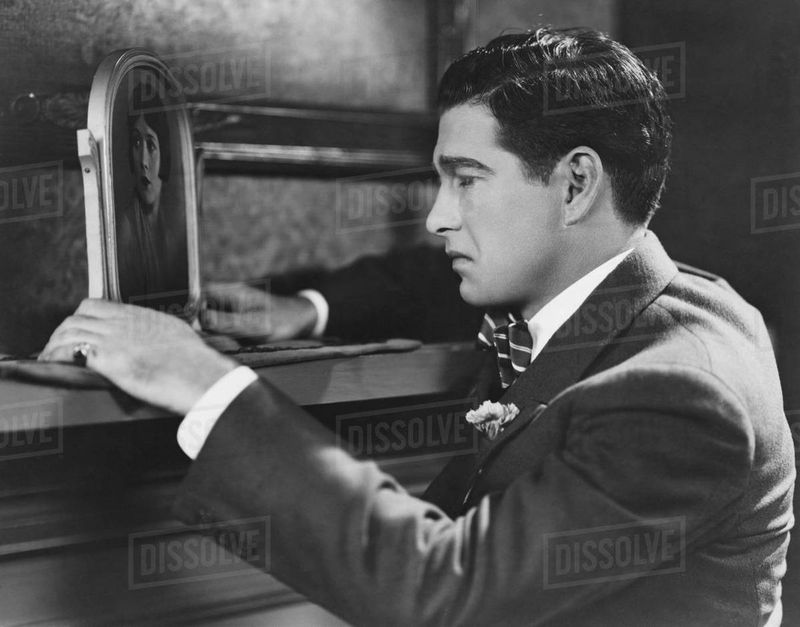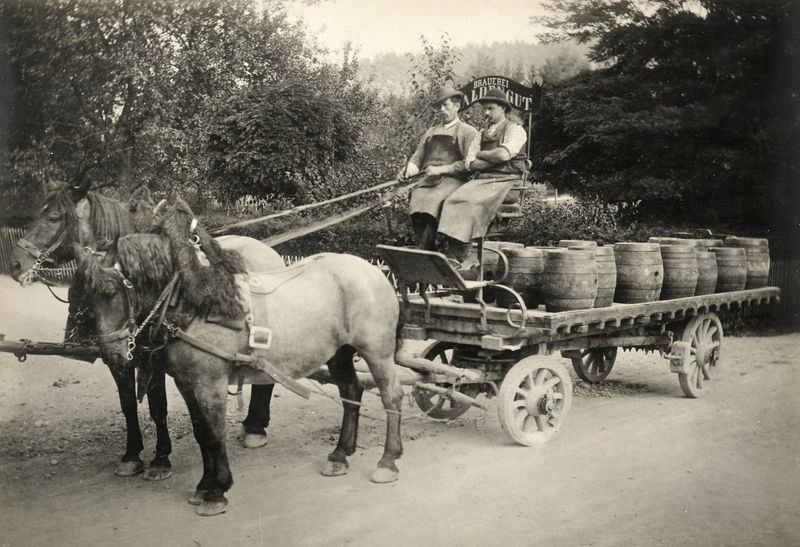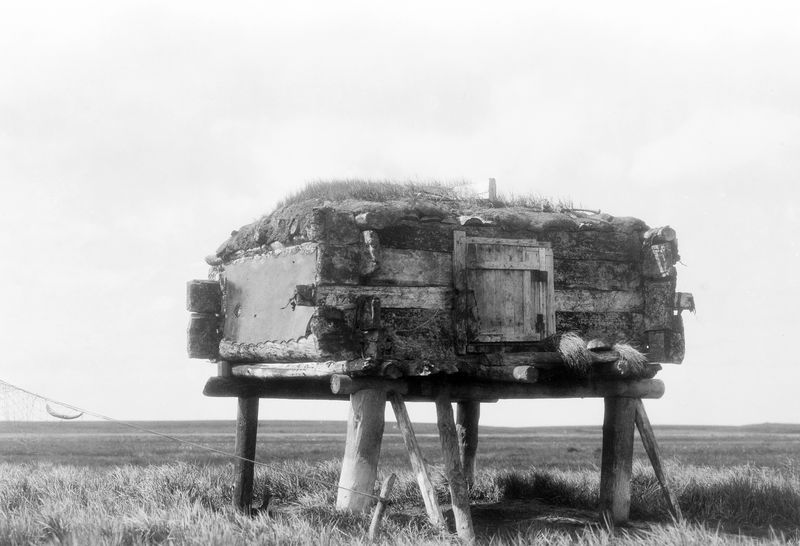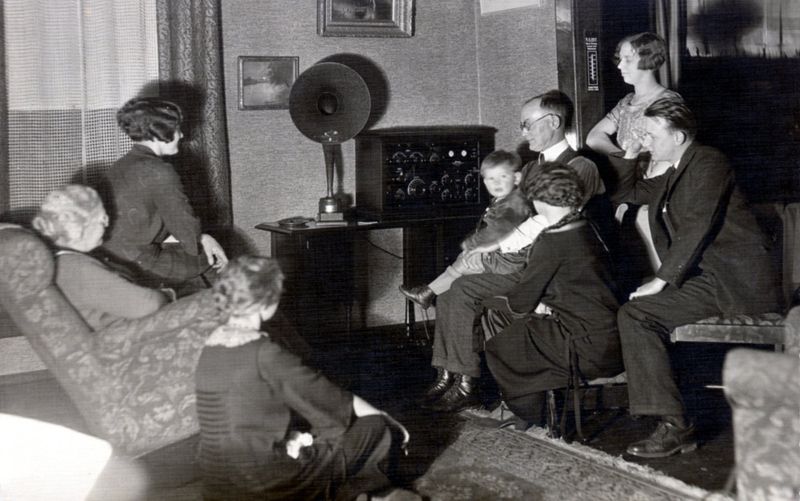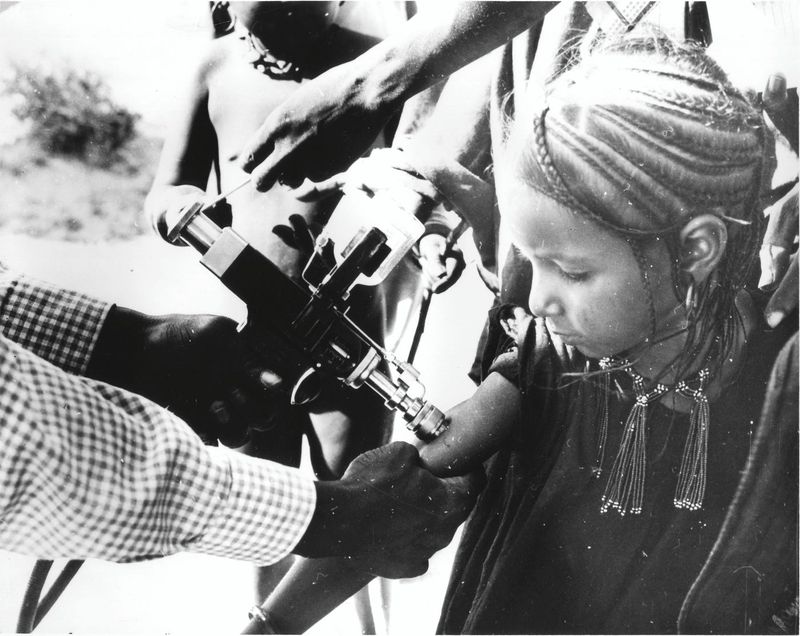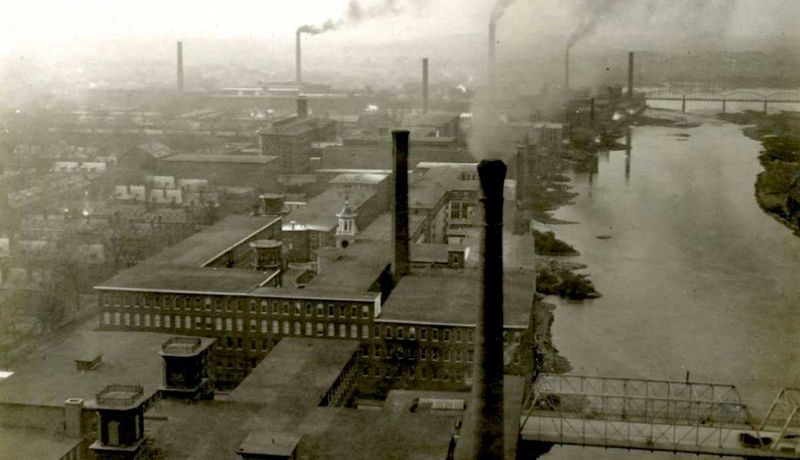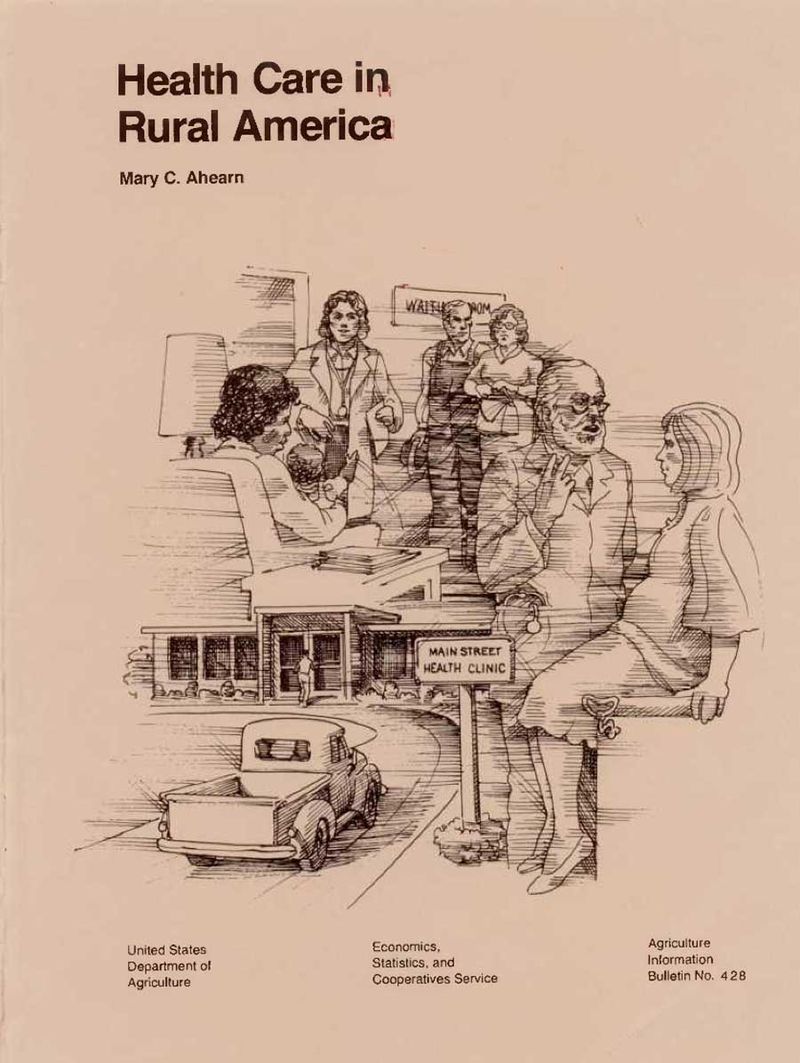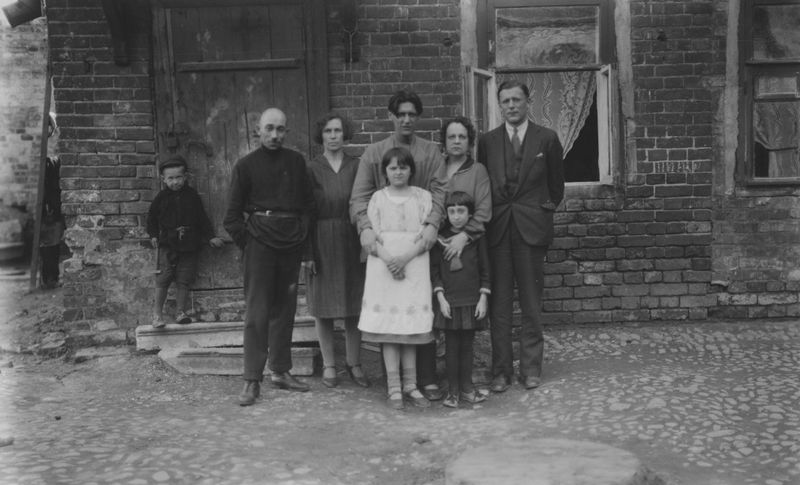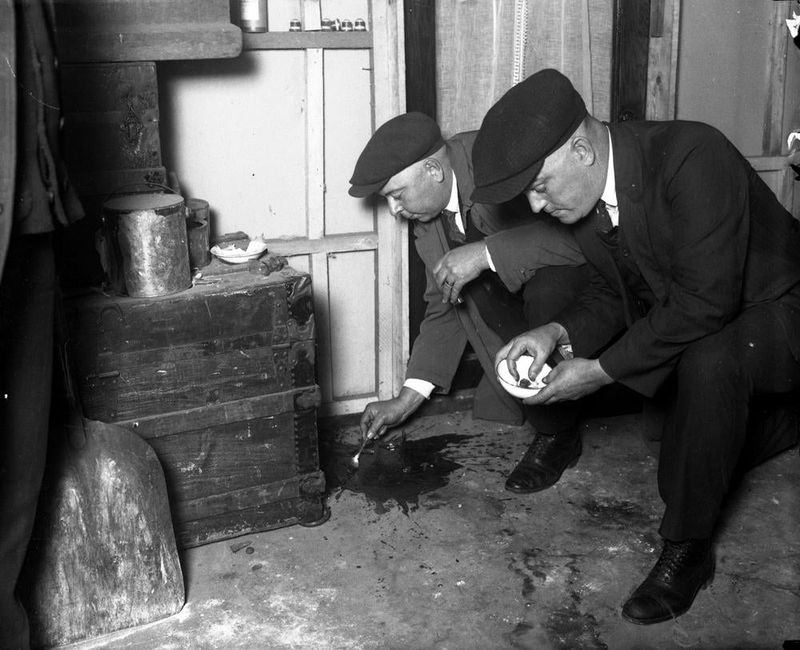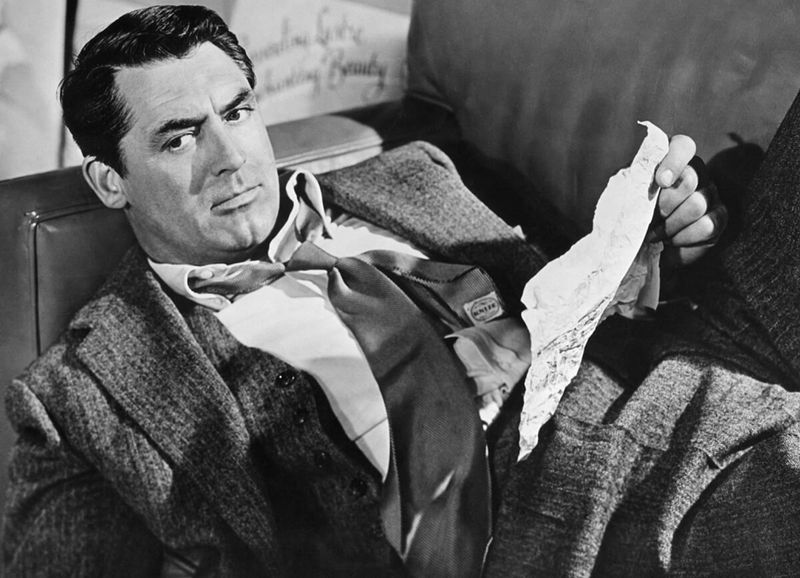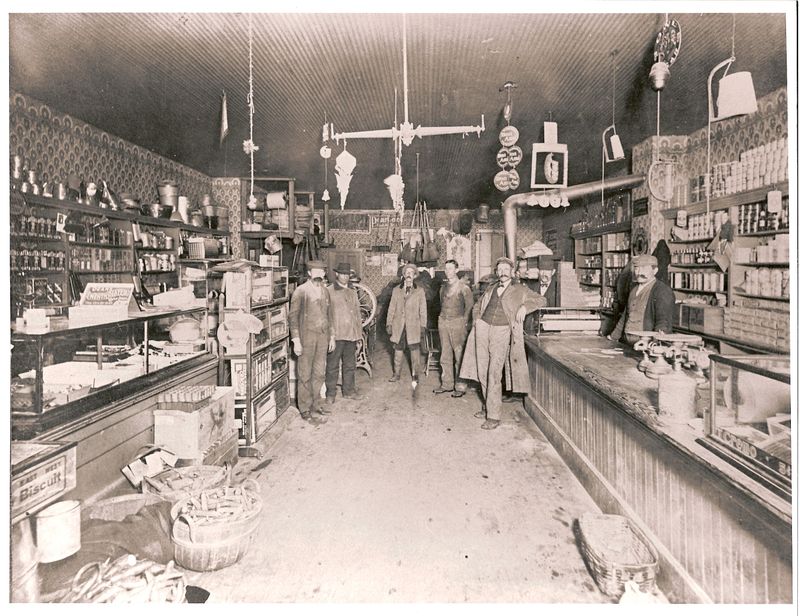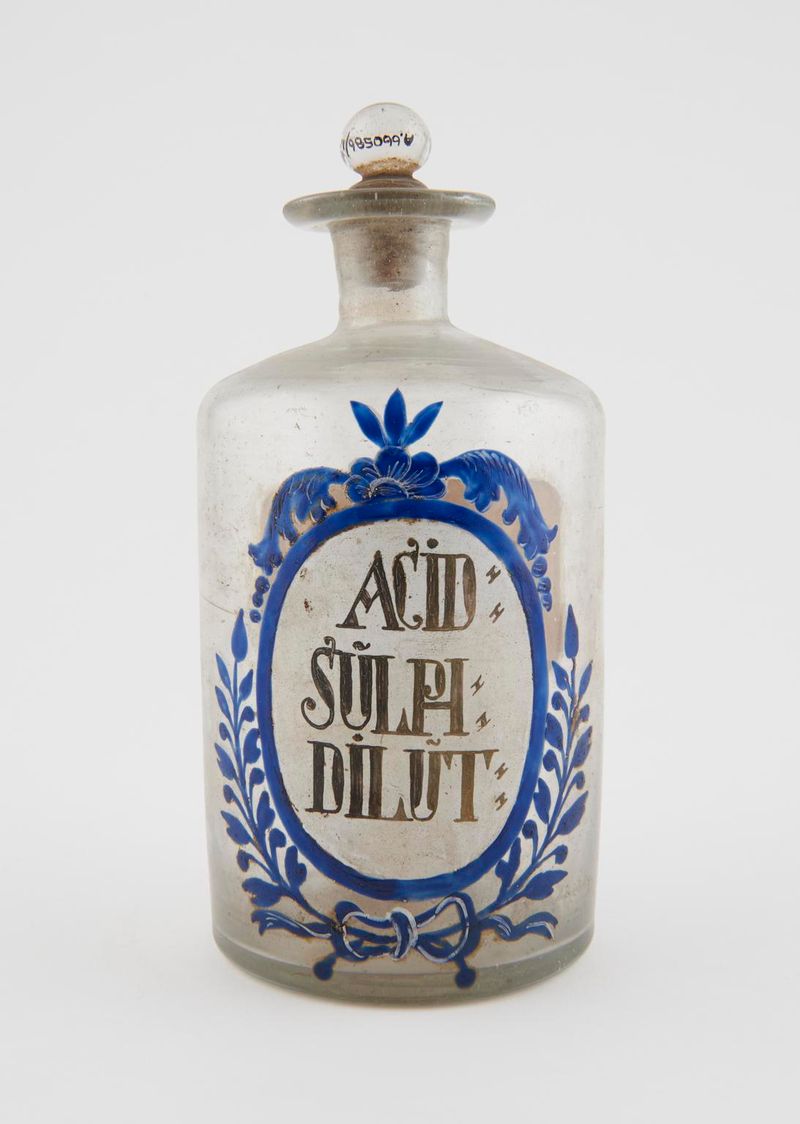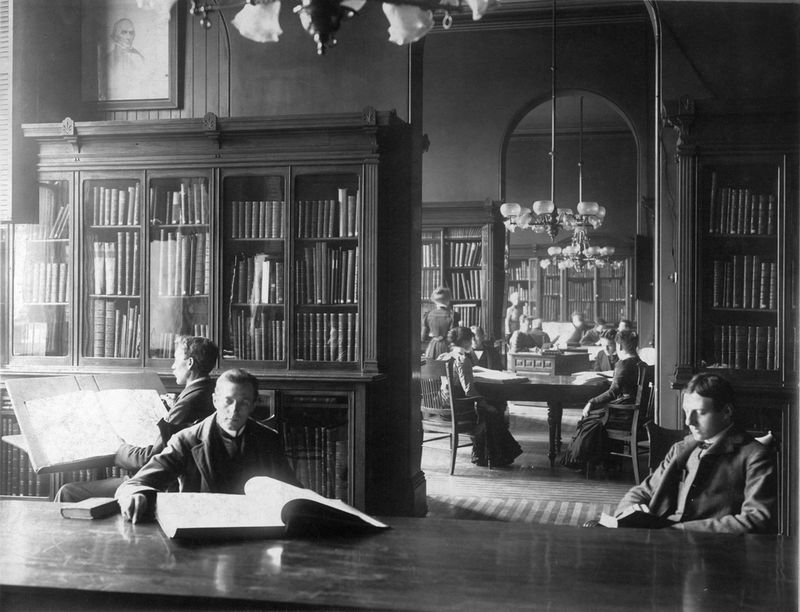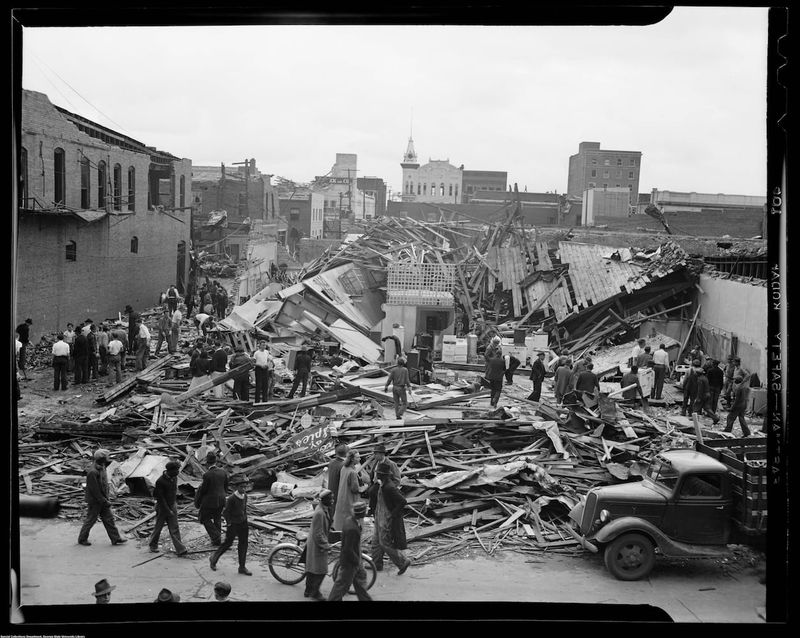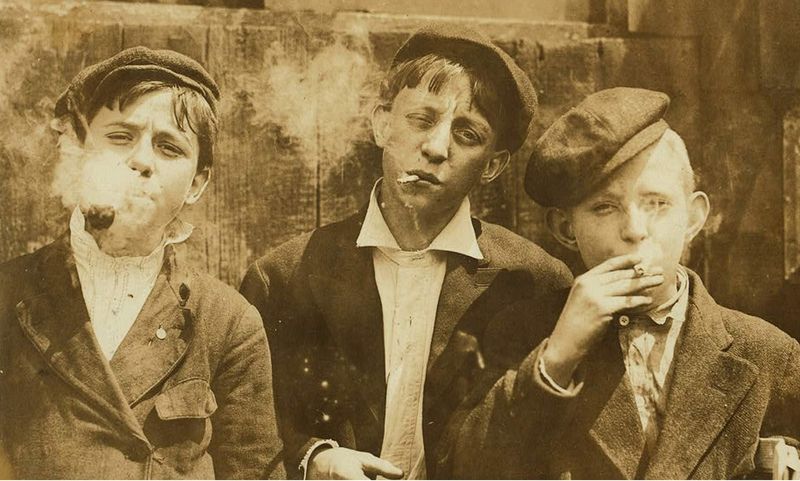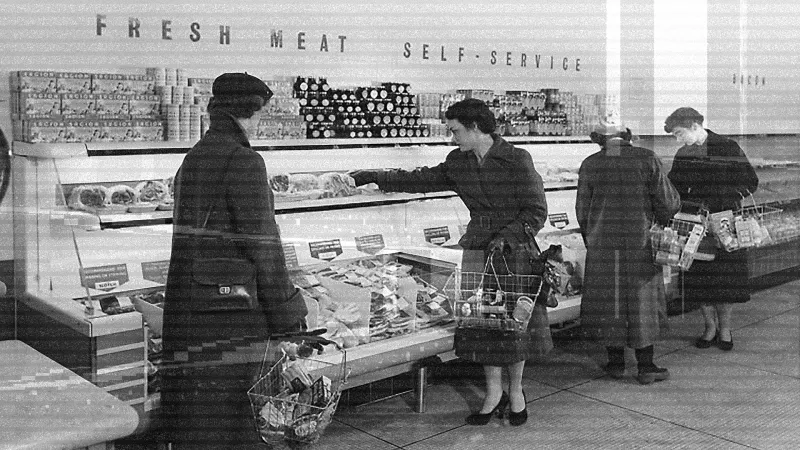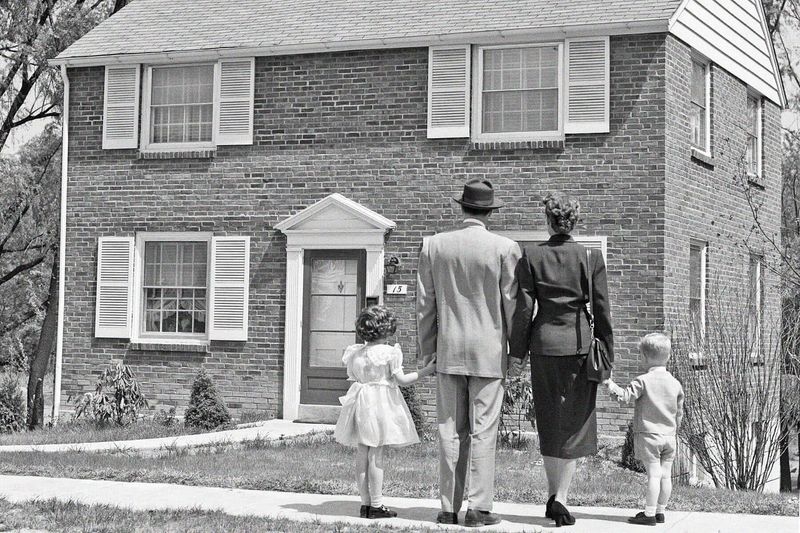The phrase “good old days” often conjures images of simpler times, unburdened by the complexities of modern life. However, this romanticized view overlooks the hardships and challenges that were part and parcel of everyday life in the past.
From medical practices that seem archaic to the lack of basic human rights, the past wasn’t as idyllic as some might believe.
This blog post will explore thirty aspects of bygone eras that demonstrate how far we’ve come in improving quality of life and highlight the importance of appreciating modern advancements.
1. Medical Practices
Medical practices in the past were rudimentary and often dangerous. Without modern anesthesia, surgeries were excruciatingly painful. Bloodletting was a common treatment believed to cure ailments. Infections were rampant due to poor sterilization methods.
Doctors lacked today’s knowledge of germs and disease transmission, leading to high mortality rates. Patients relied on home remedies that were often ineffective.
Today, we benefit from advanced medical technology and research, which have significantly increased life expectancy and quality of life.
2. Child Labor
The past saw widespread child labor, where children as young as five worked in factories under harsh conditions. These young workers endured long hours, often in dangerous environments, with little to no regard for safety.
Education took a backseat as families depended on additional income from their children. The lack of regulations allowed exploitation, leading to stunted growth and development.
Modern regulations protect children, ensuring they receive education and a childhood free from labor.
3. Limited Women’s Rights
Women had limited rights and opportunities in the past. They were often denied the right to vote, own property, or work in many professions. Society expected them to conform to traditional roles, restricting their freedom and autonomy.
Women’s voices were often silenced, and their contributions undervalued. It wasn’t until the suffrage movement that significant changes began to take place.
Today, women enjoy far greater equality, with increased access to education and career opportunities, though the struggle for full equality continues.
4. Poor Sanitation
Sanitation was a significant issue in the past, particularly in rapidly growing urban areas. Streets were often filled with waste and open sewers, leading to the spread of disease.
Access to clean water was limited, and personal hygiene practices were rudimentary. This resulted in frequent outbreaks of illnesses like cholera and dysentery.
Modern sanitation systems and public health regulations have drastically reduced such health risks, contributing to cleaner, healthier living environments.
5. Racial Segregation
Racial segregation was a harsh reality that marginalized communities faced in the past. Discriminatory laws and practices denied minorities equal access to education, employment, and public facilities.
This systemic inequality fostered environments of prejudice and racism, limiting opportunities for many.
While challenges remain, today, there is greater awareness and legal frameworks aimed at promoting equality and inclusivity, reflecting a significant shift from past injustices.
6. Limited Communication
Communication in the past was slow and cumbersome. Long-distance communication relied on letters, which could take weeks or even months.
Telephones, while revolutionary, were limited in availability and quality. News traveled slowly, impacting everything from business to personal relationships.
In today’s digital age, instant communication is possible, shrinking the world and connecting people like never before.
7. High Infant Mortality
Infant mortality rates were alarmingly high in the past due to inadequate healthcare and knowledge. Infectious diseases, poor nutrition, and lack of prenatal care contributed to these statistics.
Families often lost multiple children, a heartbreaking reality that was tragically common.
Advancements in medical care, vaccinations, and healthcare access have dramatically reduced infant mortality, ensuring healthier starts for the youngest among us.
8. Workplace Safety
Workplace safety was not a priority in the past. Factories and mines were notorious for their hazardous conditions, leading to frequent accidents and fatalities.
There were few regulations in place to protect workers, who often lacked basic safety equipment and training.
Today, comprehensive safety standards and regulations help protect workers, ensuring safer environments and reducing workplace-related injuries.
9. Lack of Technology
Technology was limited in the past, making everyday tasks labor-intensive and time-consuming. Households lacked modern conveniences like electricity, running water, and home appliances.
This often meant spending long hours on domestic chores, leaving little time for leisure or personal pursuits.
The technological advancements we enjoy today have revolutionized living, providing comfort, efficiency, and more time for personal growth.
10. Education Access
Access to education was limited in the past, particularly for girls and marginalized communities. Schools were often overcrowded, with inadequate resources and facilities.
Curricula focused on rote learning, with little emphasis on critical thinking or creativity.
Today, education systems are more inclusive and aim to provide quality education to all, fostering diverse learning environments and encouraging innovative thinking.
11. Polio Epidemic
The polio epidemic was a terrifying reality for families in the mid-20th century. The disease left thousands of children paralyzed, with many confined to iron lungs for survival.
Fear of the virus gripped communities, as there was no effective treatment or vaccine initially.
The development of the polio vaccine transformed public health, virtually eradicating the disease and showcasing the power of scientific advancement.
12. Discrimination in Employment
Employment discrimination was rampant in the past, with job opportunities often divided along gender and racial lines. Many professions were closed off to women and minorities, limiting career growth and economic independence.
This systemic bias perpetuated inequality and hindered social mobility.
Today, while challenges remain, there are laws and initiatives aimed at fostering diversity and inclusion in the workplace, reflecting progress from a more segregated past.
13. Lack of Mental Health Awareness
Mental health issues were misunderstood and stigmatized in the past. Individuals suffering from mental illnesses were often confined to asylums, where treatments were inhumane and ineffective.
There was little understanding of mental health disorders, leading to neglect and isolation of those affected.
Modern awareness and treatment of mental health have improved significantly, with a focus on compassion, understanding, and effective therapies.
14. Transportation Challenges
Transportation in the past was slow and limited. Horse-drawn carriages were the primary mode of travel, often making journeys long and uncomfortable.
Roads were poorly maintained, and automobiles, while emerging, were inaccessible to most people.
Today, advanced transportation options provide faster, more efficient travel, connecting people and places with unprecedented ease.
15. Food Preservation
Food preservation methods in the past were basic and often unreliable. Without refrigeration, people relied on methods like salting, smoking, and canning to keep food from spoiling.
These methods were time-consuming and didn’t always prevent foodborne illnesses.
Today’s technology has revolutionized food preservation, ensuring safe, fresh food is available year-round, enhancing health and convenience.
16. Limited Entertainment
Entertainment options were limited in the past, often confined to local events or simple home activities. Families gathered around radios for news and storytelling, and live performances were a special occasion.
There were few opportunities for diverse cultural experiences, and access to entertainment was often restricted by location and social status.
Today, entertainment is diverse and accessible, with digital platforms offering a vast array of content for all interests.
17. Lack of Vaccinations
The lack of vaccinations in the past left populations vulnerable to outbreaks of deadly diseases such as smallpox, measles, and whooping cough.
People lived with the constant threat of epidemics, which claimed countless lives and caused widespread fear.
Vaccinations have become a cornerstone of public health, significantly reducing the incidence of these diseases and transforming community health outcomes.
18. Environmental Pollution
Environmental pollution was rampant during the industrial revolution and beyond, with little regulation to curb emissions and waste.
Factories spewed pollutants into the air and waterways, affecting the health of communities and ecosystems.
Modern environmental awareness and regulations have led to cleaner technologies and practices, improving air and water quality and promoting sustainability.
19. Limited Healthcare Access
Access to healthcare was limited in the past, particularly in rural areas. Many communities lacked medical facilities and trained professionals, relying on traditional healers and home remedies.
This disparity often resulted in untreated illnesses and preventable deaths.
Today’s healthcare systems aim to provide more equitable access to medical services, improving health outcomes and quality of life worldwide.
20. Lack of Privacy
Privacy was a luxury not easily afforded in the past. Telephone operators could listen to calls, and homes were often multi-generational, offering little personal space.
Social norms dictated openness about personal affairs, and privacy rights were not well established.
Modern society values privacy, with laws and technology designed to protect personal information and space, reflecting a significant cultural shift.
21. High Crime Rates
Crime rates were high in many past eras, fueled by factors such as poverty, lack of law enforcement, and prohibition.
Organized crime, in particular, thrived, leading to violence and corruption in cities.
Efforts to address social issues, along with improved policing and legal systems, have contributed to safer communities today.
22. Stringent Dress Codes
Workplaces in the past enforced strict dress codes that might seem restrictive by today’s standards. Men donned full suits and ties daily, while women were expected to wear conservative dresses or skirts, often with uncomfortable hosiery.
These dress codes were not just about aesthetics—they reinforced societal norms that dictated a person’s role and status in the workplace. Employees had little room for self-expression or comfort.
Nowadays, many workplaces encourage more relaxed and personal styles, reflecting a shift towards valuing individuality alongside professionalism.
23. Limited Access to Fresh Produce
Grocery stores from decades past were starkly different from the vibrant markets we enjoy today. Fresh produce was often a luxury, available only seasonally or at a premium. Shoppers frequently relied on canned and preserved foods to supplement their diets.
During the winter months, particularly in colder regions, the scarcity of fresh fruits and vegetables meant diets could lack vital nutrients. Households had to plan meticulously, preserving food during harvest to endure the barren months.
Such limitations not only affected nutritional balance but also the culinary diversity families could experience. Today, we enjoy a broader diet, thanks in large part to advancements in transportation and agriculture.
24. Dangerous Household Products
Household products in the past often contained hazardous substances. Cleaning products, cosmetics, and even children’s toys could contain toxic chemicals.
There was little regulation or consumer awareness about these dangers, leading to health risks.
Today, consumer safety standards aim to protect individuals by ensuring products are tested and free from harmful substances.
25. Limited Information Access
Access to information was limited in the past, with few libraries and books often restricted to the wealthy or educated elite.
Newspapers were a primary source of information, but their reach was limited by geography and literacy.
Today, the internet provides vast access to information, empowering individuals with knowledge and fostering global connectivity.
26. Natural Disaster Vulnerability
Communities in the past were highly vulnerable to natural disasters, lacking the warning systems and infrastructure we have today.
Homes and livelihoods could be destroyed with little chance of recovery, leaving families destitute.
Modern technologies and disaster preparedness strategies have greatly improved our ability to predict, respond to, and recover from such events.
27. High Smoking Prevalence
Smoking was once a socially accepted norm, with pervasive advertising and cultural endorsement. Public spaces were often filled with smoke, affecting everyone who occupied them, including non-smokers and children.
The health implications were not fully acknowledged or understood, leading to widespread health issues that are only now being fully addressed. Smoking bans and health campaigns have significantly reduced this prevalence today.
As society becomes more health-conscious, the decline in smoking rates reflects an increased awareness and commitment to public health.
28. Lack of Consumer Protections
Consumer protections were nearly nonexistent in the past. Products, from food to machinery, were sold with little regulation, often leading to harm or fraud.
Buyers had little recourse if goods were faulty or mislabeled.
Modern consumer protection laws ensure rights are safeguarded, promoting trust and safety in the marketplace.
29. Isolation and Loneliness
Isolation was a common issue in the past, particularly for those living in rural areas. Distance from neighbors and lack of transportation limited social interactions.
Long winters could exacerbate feelings of loneliness and separation from the community.
Today’s connectivity through technology and transportation offers solutions to isolation, promoting social interaction and support networks.
30. Gender Roles
Gender roles were rigidly defined in the past, with societal expectations often limiting personal choices and aspirations.
Men were seen as breadwinners, while women were typically confined to domestic roles, regardless of their ambitions or talents.
While progress has been made, the journey toward gender equality continues, with more individuals challenging traditional norms and pursuing diverse paths.
